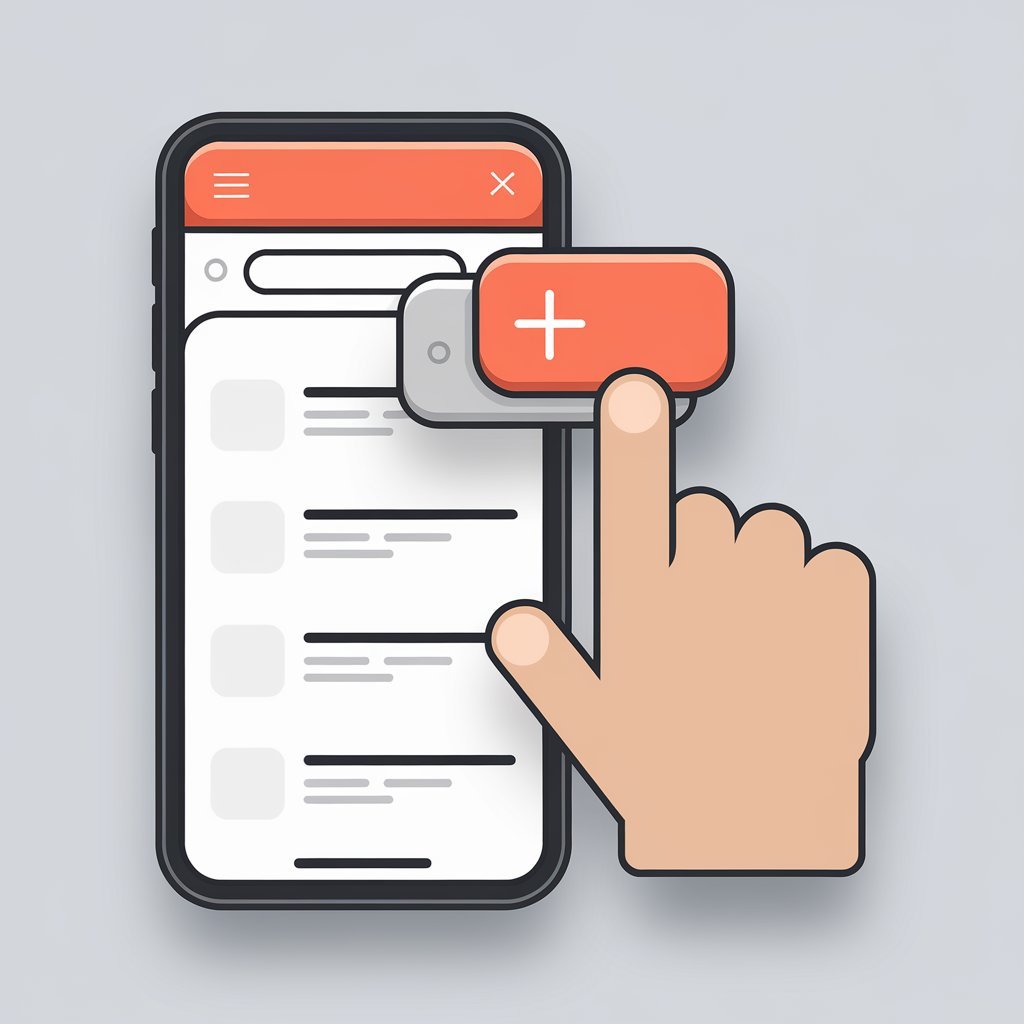User Interaction (UI) design is the art of crafting an intuitive and smooth experience for users. In today’s fast-paced digital world, creating a seamless interaction between a user and an interface is more important than ever. Whether you are designing for a website, app, or software, understanding how users think and behave helps in creating better experiences. Let’s dive into the core principles of mastering user interaction in UI design.
Understanding User Needs
At the heart of great UI design lies a deep understanding of user needs. It’s not just about making things look good but ensuring users can easily interact with the interface. Before starting the design process, it’s essential to research who the users are, their goals, and their challenges. By identifying these factors, you can create an experience tailored to them, increasing engagement and satisfaction.
Consistency is Key
One of the golden rules in UI design is consistency. Imagine visiting a website where every page looks different—colors change, buttons move around, and nothing feels familiar. Frustrating, right? Consistent design helps users feel more at ease and makes navigation predictable. Whether it’s color schemes, fonts, or button styles, maintaining uniformity ensures that users don’t get confused.
Simplify User Flows
The easier it is for users to navigate your interface, the better. Simplifying user flows means cutting down on unnecessary steps to reach a goal. Let’s say a user wants to make a purchase—reduce the clicks needed to get from the product page to the checkout. Streamlining processes not only enhances the user experience but also encourages users to complete tasks quickly without frustration.
Feedback is Crucial
Good UI design provides feedback to users, making them feel in control. Whether it’s a subtle animation when clicking a button or a message after submitting a form, feedback reassures users that their actions are acknowledged. Without feedback, users may feel uncertain, leading to confusion and potential drop-offs.
Responsive Design for All Devices
With the increasing use of mobile devices, responsive design has become a must. A good user interface should adjust seamlessly across various screen sizes, from smartphones to desktop computers. Ensuring that users can interact comfortably, regardless of the device they’re using, is essential for a positive experience. Many companies, including any digital marketing agency, prioritize responsive design to ensure their clients’ websites are accessible and engaging for all users.
The Role of Visual Hierarchy
Visual hierarchy guides users on what to focus on first. Elements like headings, images, buttons, and links should be organized in a way that naturally draws the user’s eye to the most important information. Through size, color, and placement, designers can direct attention and help users navigate the interface smoothly.
Affordances and Signifiers
Affordances refer to the properties of an object that indicate how it can be used. A simple example is a button: the design of the button signals that it can be clicked. Signifiers, on the other hand, are visual clues that guide users—like an arrow suggesting scroll direction. Together, affordances and signifiers ensure that users know what actions are possible without needing extra instructions.
Accessibility in UI Design
Inclusive design is no longer optional—it’s a necessity. Accessibility ensures that everyone, including people with disabilities, can interact with your interface effectively. This means using readable fonts, providing alternative text for images, and designing layouts that are easy to navigate with screen readers. By prioritizing accessibility, you make sure that your design reaches a wider audience and provides a better experience for all users.
Micro-Interactions for a Richer Experience
Micro-interactions are those small, often overlooked design elements that make an interface feel alive. Whether it’s a subtle animation when hovering over a button or a loading spinner that appears while waiting for content to load, these tiny details make the user experience more engaging. Thoughtful micro-interactions help in making the user feel connected with the interface and improve usability.
User Testing and Iteration
No matter how skilled a designer is, user testing is crucial to ensure the interface works as intended. Observing how real users interact with the design helps identify potential problems that might not be obvious to the designer. After testing, it’s essential to iterate based on the feedback. This continuous process of testing and refining ensures that the interface evolves to meet user needs more effectively.
Using Color and Typography Wisely
Color and typography play a big role in UI design. Colors not only make a design visually appealing but also influence emotions and behaviors. Similarly, typography affects readability and how users perceive your content. A well-thought-out color scheme and font choice can make all the difference in creating a harmonious and user-friendly interface.
Error Prevention and Recovery
Mistakes happen, but a well-designed UI can prevent most of them. For example, highlighting required fields on forms or confirming actions like “Are you sure you want to delete this file?” helps users avoid mistakes. Additionally, offering clear recovery options, such as an “Undo” button, ensures that users can easily fix errors, reducing frustration.
Personalization in UI Design
Personalization is a growing trend in UI design. Offering users a personalized experience based on their behavior or preferences can make interactions feel more relevant. For example, showing recently viewed items or recommending products based on past purchases can enhance user satisfaction. The key is to balance personalization with simplicity to avoid overwhelming users with too much information.
Focusing on Minimalism
Sometimes less is more. A minimalist approach to UI design means stripping away unnecessary elements, leaving only what’s essential. This doesn’t mean a bare-bones design but rather one where each element serves a clear purpose. Minimalist designs often feel cleaner and easier to navigate, reducing cognitive load for users.
Conclusion
Mastering user interaction in UI design is about understanding the user and creating an interface that feels natural, intuitive, and engaging. By focusing on consistency, feedback, accessibility, and simplicity, you can create a design that not only looks good but also functions beautifully. As user expectations continue to evolve, so must our designs. Staying ahead in UI design means continually testing, learning, and iterating to improve the user experience.



